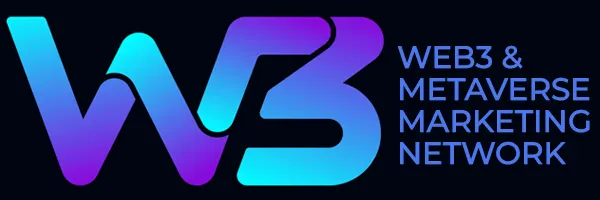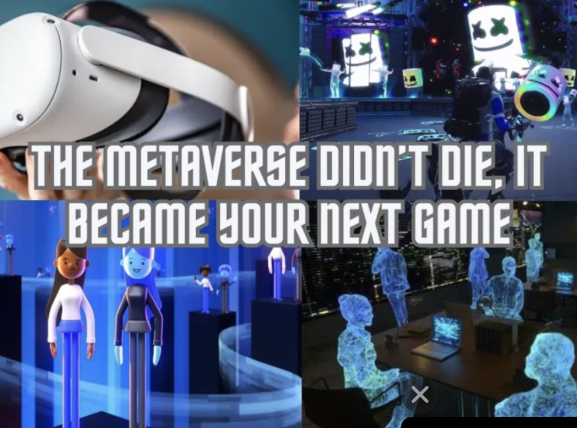The Art Of Integrating Web3 Into Traditional eCommerce Platforms
The fusion of Web3 with eCommerce marks a significant milestone in the evolution of digital commerce. This new era suggests a future where online transactions are secure, transparent and centered around the user experience. As businesses and consumers embark on this transformative journey, I believe those who embrace these changes will not only adapt but lead the charge in shaping the future of e-commerce.
As I reflect on my experience during the digital marketplace surge in the late ’90s and early 2000s, followed by the blossoming of online B2C e-commerce stores in the 2010s, I remember seeing the transition from a physical-only retail paradigm into one that is increasingly digital. Now, we stand witness to the transformation from e-commerce into immersive commerce.
A Paradigm Shift In E-Commerce
At the heart of Web3 lies its decentralized structure. In this new model, data and transactions are distributed across a network, fostering a higher degree of transparency and traceability in transactions. This shift has profound implications for e-commerce, opening doors to new possibilities in how businesses operate and interact with customers.
Pioneering Marketing Tools
The integration of Web3 technologies offers innovative avenues for marketing in the e-commerce sector. Augmented reality (AR) and faux out-of-home (OOH) advertising are at the forefront of this change, enhancing customer engagement and interaction.
AR transforms the shopping experience by enabling customers to visualize products in their environment. This technology enriches the decision-making process and bridges the gap between online shopping and physical retail experiences. Customers can interact with products virtually, understanding how they would look and fit in their own space, which enhances the likelihood of purchase and can help reduce the rate of returns.
Faux OOH advertising, on the other hand, creates virtual advertising spaces that mimic real-world billboards or signage, offering a new dimension to digital marketing campaigns. These digital spaces provide flexibility and creativity beyond traditional advertising, enabling businesses to engage with customers in unique and interactive ways.
These ads are a disruptive force in customer engagement because they create curiosity and intrigue with the potential for global virality. This approach blurs the line between physical and digital, fiction and reality, accelerating brand awareness at scale. If you are new to faux OOH advertising, there are a couple of things to consider.
• Faux OOH ads afford brands the ability to showcase boundless creativity untethered to the constraints of reality, budget and resources. This creates an opportunity for start-ups to level the playing field.
• Transparency is paramount when deploying faux OOH advertising campaigns. Misleading consumers can be counterproductive. In my experience, it’s best to ensure that consumers know something is fake, maybe overly so. Upholding authenticity in advertising is critical to maintaining consumer trust.
User Experience In Web3 E-Commerce Platforms
The success of a Web3 e-commerce platform hinges on its user experience. Ensuring a user-friendly interface is crucial. The platform should offer an intuitive design that combines the familiarity of traditional e-commerce sites with the innovative features of Web3.
The Future Of Online Shopping
The Spatial Web is a digital environment where users can interact with a three-dimensional space that mimics the real world. This technology enables the creation of virtual storefronts that are not just static web pages but are dynamic, interactive experiences. Customers can virtually navigate through aisles, examine products as if they were in a physical store and even engage with AI-driven sales assistants for a more personalized shopping journey.
Immersive commerce takes the capabilities of the Spatial Web and applies them directly to the consumer experience. It encompasses the full spectrum of sensory feedback, including haptic responses and 3-D audio, to create a shopping experience as close to reality as possible.
Adding sensory feedback takes meticulous planning due to the diverse interactions that users have with devices. For instance, on mobile devices, haptic feedback could be a pulse effect on the shopping cart icon and a gentle vibration. Sound might or might not be applied. On desktop computers, however, a vibration effect isn’t possible. So, a pulse effect (visual) and sounds can provide a similar level of interactivity.
Forbes
#metaverse marketing #immersive commerce #ecommerce







